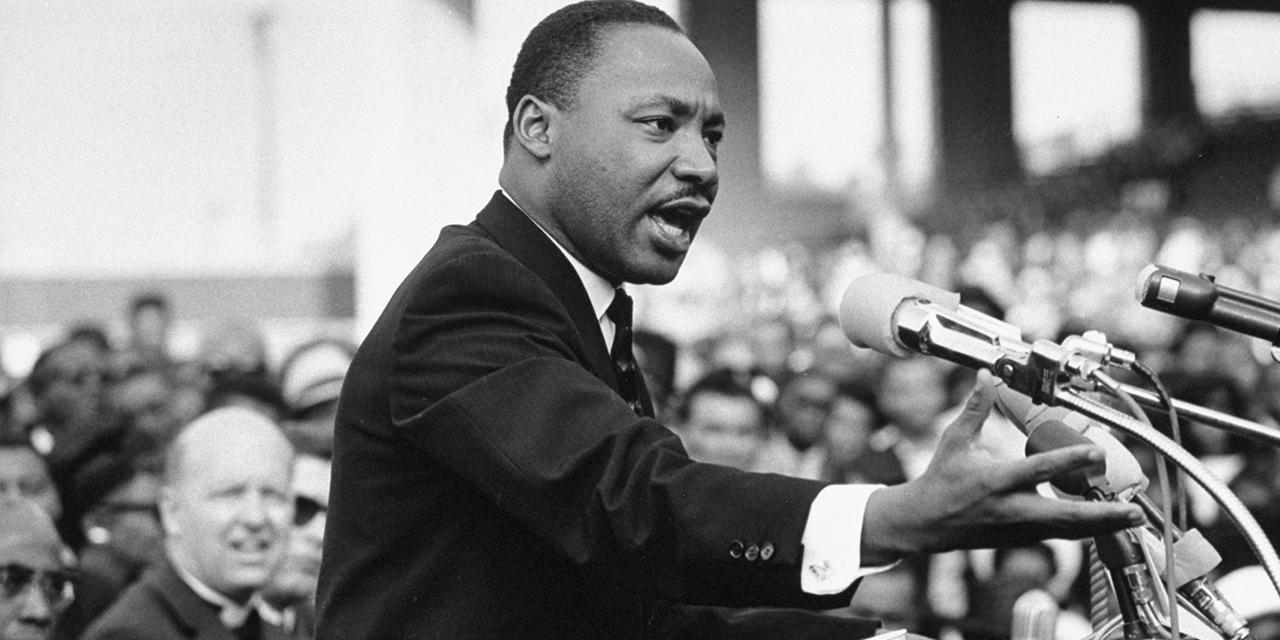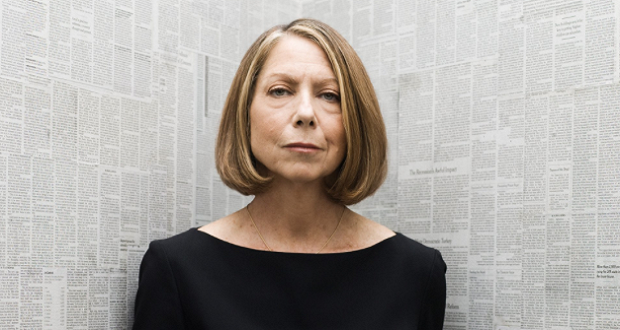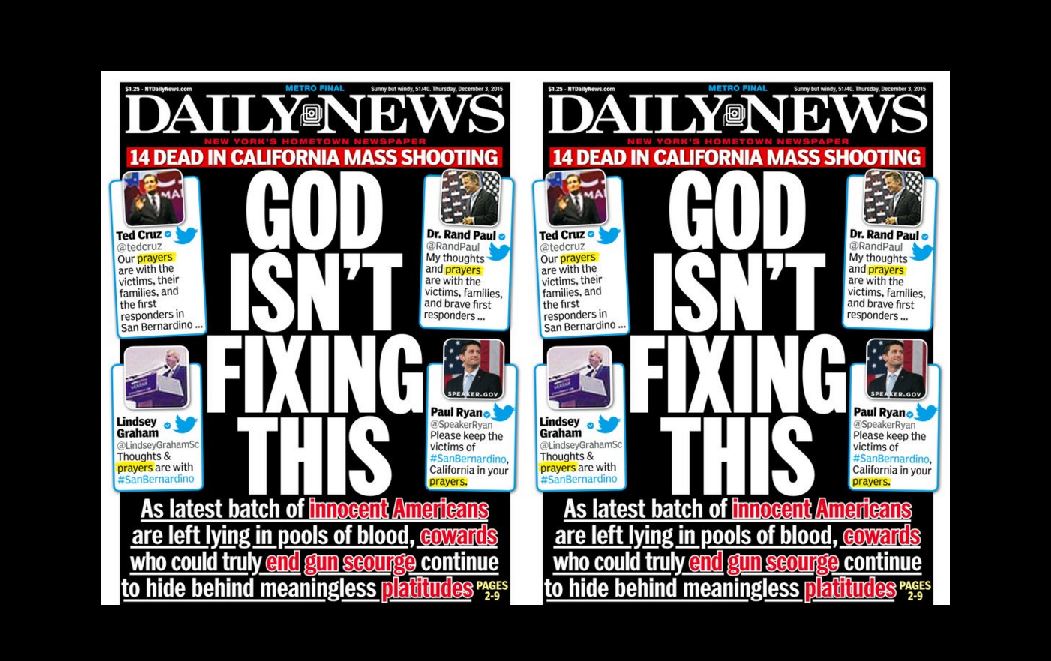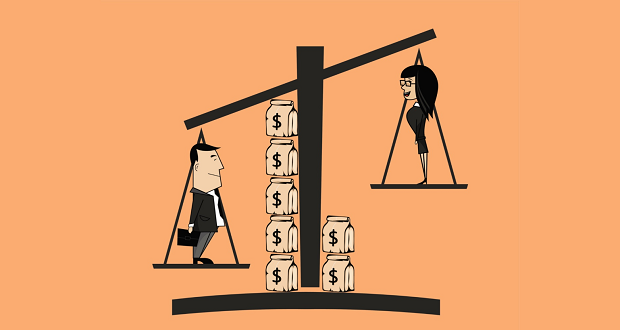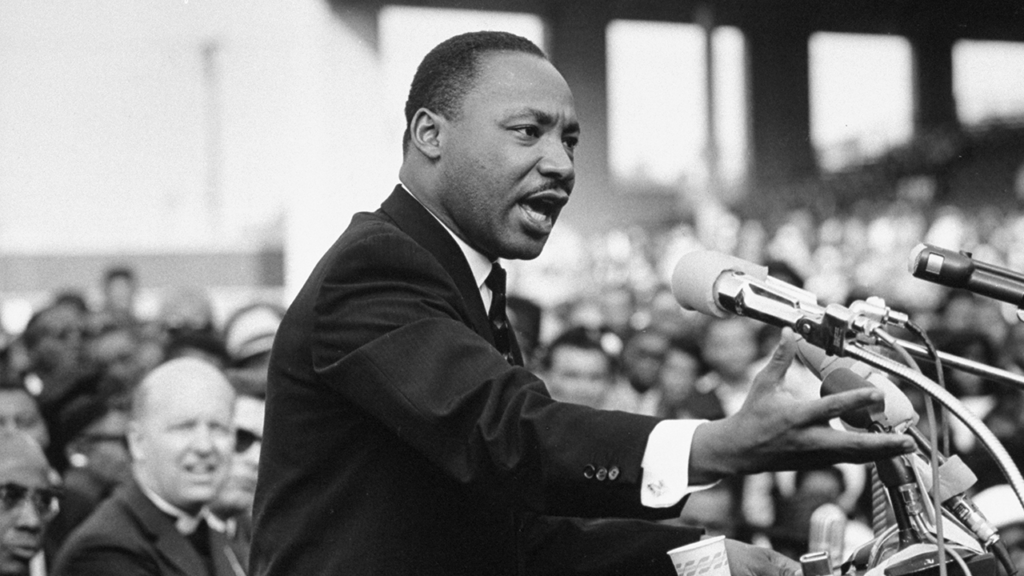
As I explore the words and legacy of Martin Luther King, Jr., particularly during Black History Month in the United States, this video clip resonates above the single oft-quoted sentences from his “I Have a Dream” Speech or any other blurb snatched out of its context to propagate a passive, colorblind, palatable acquiescence of racial injustice, ironically also often used by the majority as a way to silence Black voices.
The reason this particular clip resonates with me is because King calls to remembrance the reality of white welfare and the hypocritical double-standards placed by the white majority against Black progress.
For any company that claims to be intentional on the matter of equity, there is an uncomfortable truth all white-majority organizations must accept: white welfare is not only alive, but the main factor that drives the performance, pay and retention gaps between white and non-white talent. Organizations are not equitable or inclusive in their provision of professional development, sales, client relationship building, or networking opportunities. Such opportunities materialize outside of the formalized programs half-heartedly shuffled about by HR and full-heartedly externally marketed for the benefit of a company’s brand. Yes, the most exciting and accelerated opportunities happen within the closed social networks that organizations have inherently developed by way of their employees. This is white welfare.
White welfare is not only alive, but the main factor that drives the performance, pay and retention gaps between white and non-white talent. Click To TweetCreating equitable environments today will require a disruption of the exclusive social networks that continue to exist within industries and institutions. This will only happen when organizational leaders lead the charge – not the external program specialists, but the leaders with the internal social capital.
Creating equitable environments today will require a disruption of the exclusive social networks that continue to exist within industries and institutions. Click To TweetThere is a popular saying in diversity and inclusion work: “Diversity is being invited to the party; Inclusion is being asked to dance.” This framing has been helpful, sure, but it oversimplifies and disregards the reality that there’s often the party everyone is invited to, and then there’s the smaller after-party where attendance is invite-only and public promotion is discouraged. No one has to be invited to dance at this party – you wouldn’t be there otherwise.
The question is, when, if ever, will the majority allow entrance to the real party?

